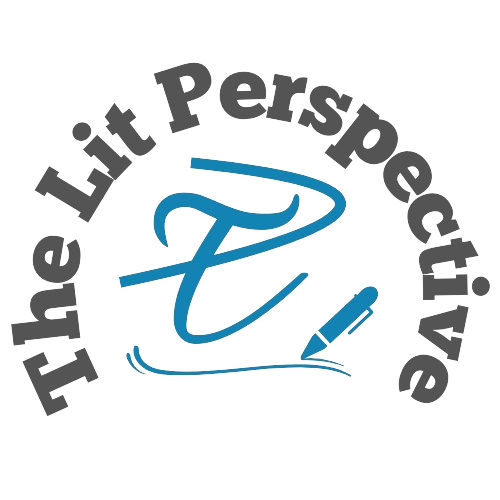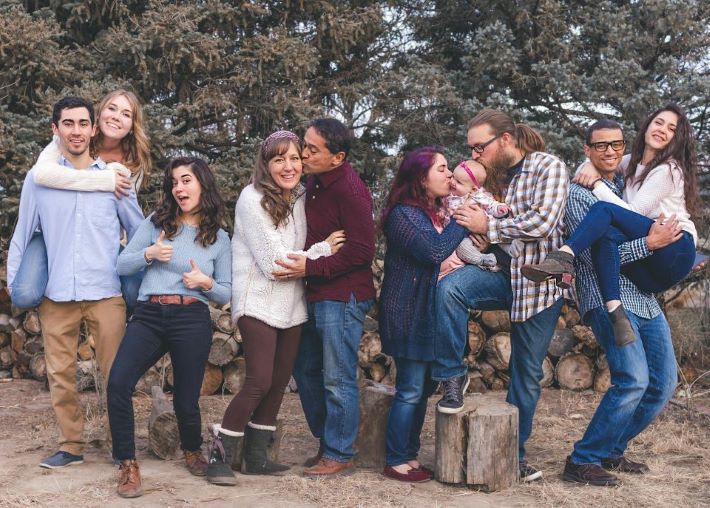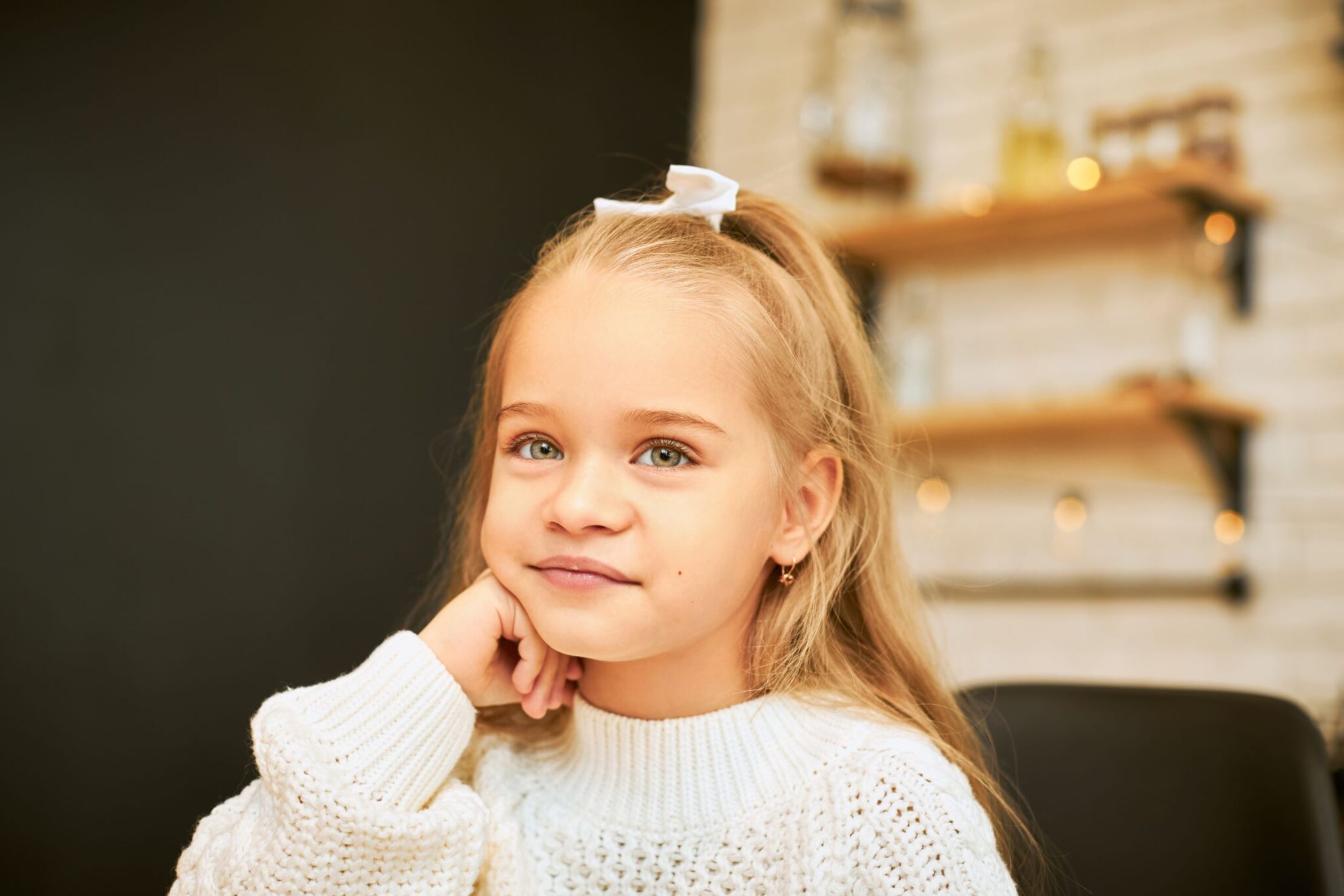TheLitPerspective is your one-stop shop for everything that ignites the spark of curiosity within you.
Active Learning: Ways to Engage Your Children to Learn Better
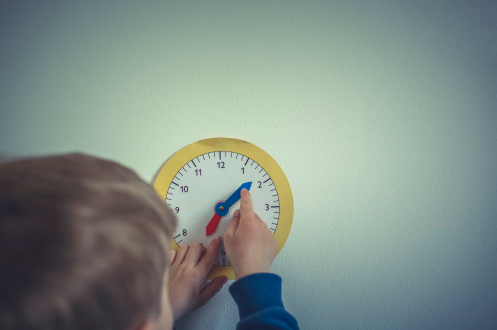
Children learn more easily through active learning as they get to experience the lessons first-hand.
Growing up, we tend to learn things by observing and experiencing. Active learning is when an individual gets to experience the lessons first-hand and see what areas that need improvement and strengthening. For children, pretend play and toys provide the needed experience that they can use as they grow and develop.
Kristina Orliczky’s Mona’s Mitten: A Story to Move to is a book that promotes active learning through storytelling. The book follows Mona, who’s excited to go experience skiing with her dad in the mountains, where a family of mice in the snow needs some warm place to stay. In a cable car, one of Mona’s mittens fell to the snow below, where the mice discovered it as a new home. The book provides activities for the storyteller and the young learners to get engaged in the story. With the visuals and actions in the book, the kids can experience fun and learning from Mona’s skiing adventure.
Like Orliczky’s book, there are other stories that provide active learning for the readers and learners. Active learning is an educational tool that helps the learner get the lessons by getting through several positive experiences.
Here are ways to incorporate active learning in the lessons you want to teach to your child:
Let the Child Discover Their Interests and Passions
Kids normally have ambitions that they would want to pursue in the future. Children have the nature to explore and satiate their curiosities. If you let your kid discover their interests and passions, you are letting them stand on their own as they also experience active learning.
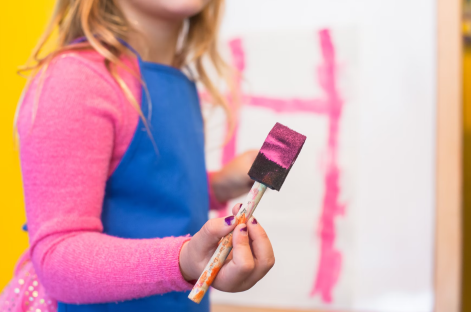
Hands-on Experience
Hands-on experiences provide a space for active learning in children. The experiences allow kids develop emotional intelligence and hone their skills at doing specific tasks. Every task has its own difficulty level. When a child encounters a new experience, curiosity activates and lets the child’s brain function to process information at solving problems and think of reasons behind wonders.
Give your child a toy that allow them to think of solutions, or games that will challenge their reasoning and solving skills, physically and mentally.
Make Learning Fun
Children will only take on challenges when they find the activity fun. A kid will especially do an activity if they have friends to do it with them. Games and pretend plays are among the most effective active learning techniques that let a child develop skills and cognitive functions. Because they are fun, children will enjoy doing the activities.
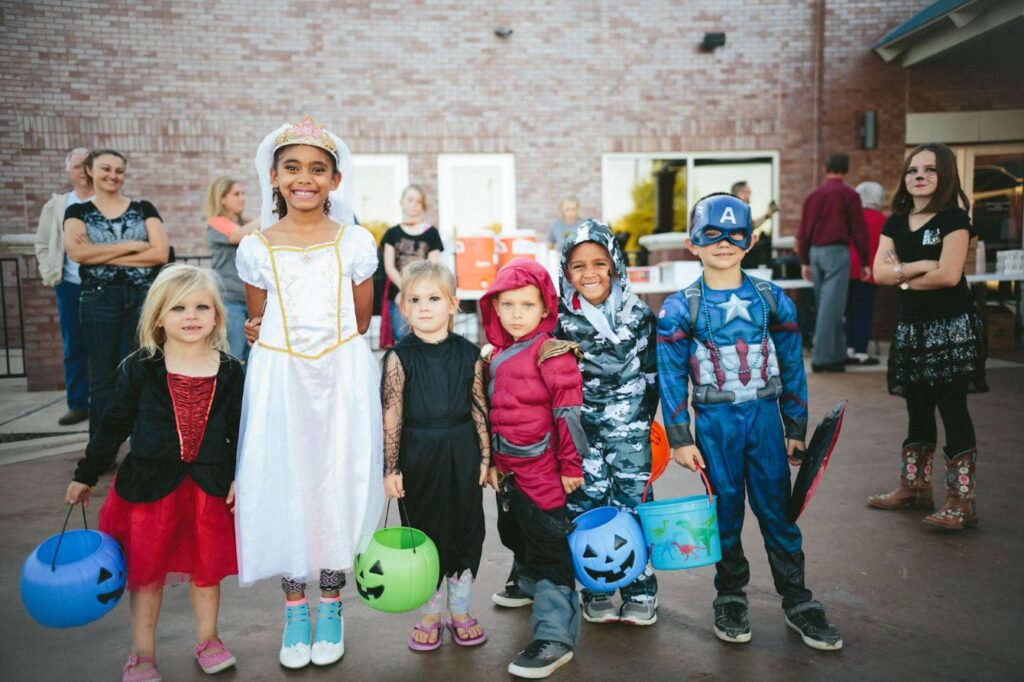
Become Role Model
As an adult, you are a role model to the little ones. Demonstrate your own passion to inspire the kids on what they want to do in the future. If you play musical instruments, sing, tell a good story, or dance, you can share it with the little ones and help them find their passions in life. Sharing your passion with the kids will also help them learn some skills they need for their future endeavors.
Give Importance to the Child’s Learning Style
Every child has his own learning style, which means that children will not just learn their lessons when listening to the educator. Some of them learn by doing. Active learning allows children to discover their learning styles whether it by through writing, moving along, mathematical equations, or music. As an adult, you have to know how your child learns best to encourage the process of information.
Discuss the Subject Matter
Children will learn more about a subject matter if they are included in a discussion. Most of the classrooms may have lectures where the learners only listen to the educator, but through discussions, the learners can process information through a series of conversations. These conversations may be led by questions that makes the kids think actively. In return, they may also ask questions that should satiate their curiosities.
Provide Encouragements
A positive environment allows the kids to learn more easily. Since active learning puts a child in the front-row seat of an experience, you must also provide an encouraging atmosphere. Encouraging words will help a child develop a better attitude at accepting challenges that should let them find the good side of learning.
Children are naturally curious. Helping them gain experiences through games, pretend plays, or engaging conversations allows them to grow and develop.
Kristina Orliczky’s Mona’s Mitten: a Story to Move to is an example of a children’s story that is also an active learning tool for children. You can grab your copy if you want your child have an experience like no other.

Witty and whimsy. As a writer, Mia finds a pleasant balance between clever and creative. With years of experience under her name, she aims to add meaning to your life through the articles she writes.
